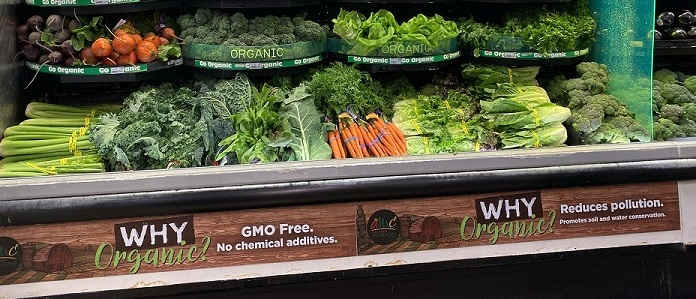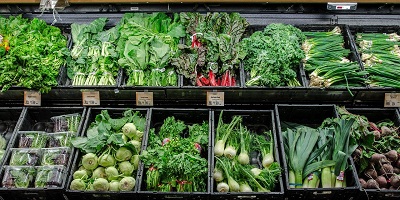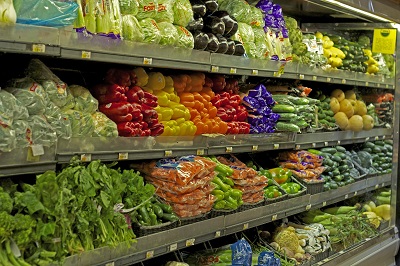Record-setting inflation rates and escalating prices are impacting consumers and their food shopping budget at a pace unmatched in most of our lifetimes.
According to the USDA, food prices for grocery stores and restaurants will continue to rise 4.5 to 5.5 percent this year. Fresh fruit and vegetable prices are predicted to increase 3 and 4 percent, respectively.

The Bureau of Labor Statistics reports beef prices have increased 16.2 percent, bacon 18.8 percent, and milk 11.2 percent over the past 12 months, and the beat goes on. These price hikes have greatly impacted consumers and their ability to afford food, with some shoppers now forgoing favorite items.
Record-setting inflation rates and escalating prices are impacting consumers and their food shopping budget at a pace unmatched in most of our lifetimes.
What are some of the organic pricing repercussions from this explosive drama? Where are the organic produce prices headed?
We know from Newton's Third Law that "for every action, there is an equal and opposite reaction." The action of raising prices on organic produce, which was already more expensive than conventional, makes the hikes harder to stomach for both consumers and retailers.
Everything is in relationship to something else in this business. When the operating costs rise considerably, it forces companies to move up on their pricing strategy as well. For a retailer to simply hold the line to first see what competition does will have the operation eating the increased costs while reducing revenue.
The action of raising prices on organic produce, which was already more expensive than conventional, makes the hikes harder to stomach for both consumers and retailers.
At the end of the day, those who prefer to follow a healthy lifestyle of eating fresh organic produce will just have to pay more at the supermarket register.

Substantial price increases for certain customer favorites are gradually leading to purchasing resistance. When organic Fuji apples go from $2.29 per pound to $2.99 in just a week, it becomes an eye-popper to organic shoppers.
Basically, there are four choices the consumer has:
- Pay the price and buy the item.
- Pay the price but purchase less of the item.
- Substitute the item with its less expensive conventional counterpart.
- Pass up the item altogether.
Price increases begin at the raw material level, with farmers having to pay higher costs for the materials they use to grow their crops. In turn, this forces them to charge more for their finished product, which is only fair. The grocery industry must then pass those costs on to consumers in the form of higher retails.
At the end of the day, those who prefer to follow a healthy lifestyle of eating fresh organic produce will just have to pay more at the supermarket register.
This action is necessary to protect their profit margins and meet budgeted projections. But the consumer reaction to increased retails could cause product to sit instead of sell. Without the normal velocity of product turnover, shrink will occur. And we all know that shrink means a loss of profit.

Organic produce is at a crossroads at this point. Its higher pricing (compared to conventional produce) has to be backed up and justified by value. Advertising about more than the price of an organic item will help convince customers it's worth buying. Stressing superior quality, health and nutrition, popular name brands, larger sizes, safety, etc are the ingredients needed to express that value.






